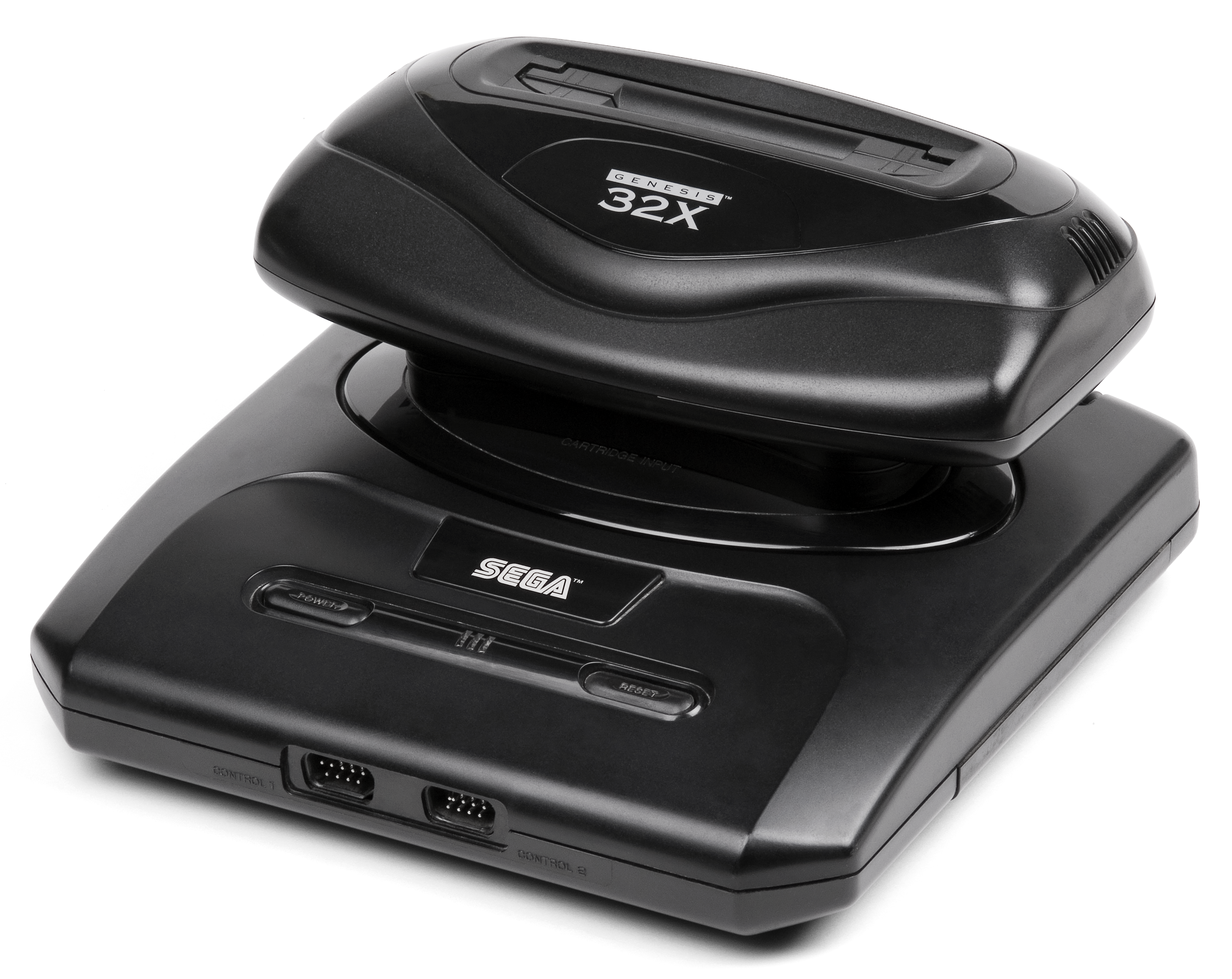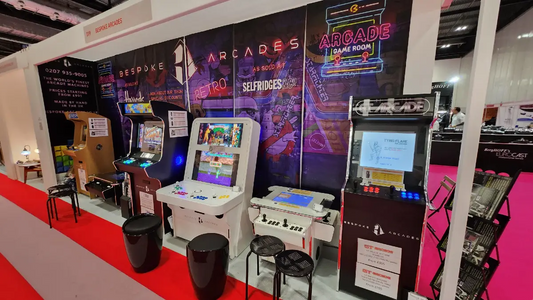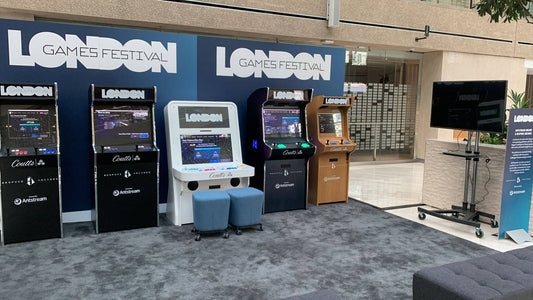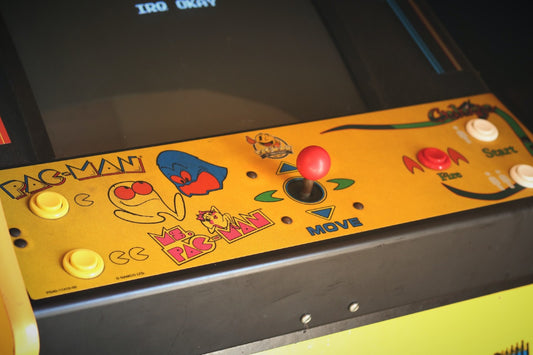Sega Saturn
The Sega Saturn was the successor of the Mega Drive and, unlike the older console, is shrouded by mixed reviews and popularity. The console was initially a huge success in Japan, though upon North American release, and then again the release of the N64, the success of the system began to decline. Overall, the system is seen as a commercial failure.

Interestingly, the Saturn was planned to be released around a year or so earlier than it actually was, and this is mainly due to the sudden hype and gossip in the console community around how powerful the PlayStation was rumoured to be. This caused Sega to panic, and to revisit the technical side of the console to improve it before launch. The console was revealed at the first E3 in 1995, and the name is the same as that of its codename. The system was meant to be released as two separate consoles to appeal to the older generation of thegaming community who preferred cartridges and the emerging population who had seen the rise of CD ROM discs. The two consoles would have been released side by side; Though Sega had to abandon this idea as the lower quality and higher price of cartridge games would perform negatively on their sales.
Alongside the development of the Saturn, Sega had began to develop the 32X for the Mega Drive, which improved the 16bit graphics to 32bit. Ultimately, this was created so that Mega Drive players who could not afford the 32bit system could still get an upgrade, and was subsequently sold at half the price of the Saturn upon release.

Upon initial launch, the system was highly esteemed in Japan, some of this success being attributed to the port of Virtua Fighter; Which has been described as ‘indistinguishable’ from the arcade version and sold on a 1:1 ratio with the console. To show the success in Japan further, the initial shipment of, 200,000 Saturn units sold within a day!

Unfortunately for Sega, this success did not last as PS1 sales started to rapidly overtake Sega’s counterpart. To tackle this, when releasing the console in North America, the company splashed out $50 million on advertising the console which included coverage in huge publications such as ‘Wired’ and even ‘Playboy’.
To further this, they rushed the launch of the Saturn to beat the PS1 to the market, meaning that only six games were available upon launch. Despite their efforts, within two days of release, the PlayStation had sold more units than Sega had done in five months with the Saturn.
As well as this early failure for the company, Sega had completely under-estimated the ever-popular Mega Drive, and could not keep up with public demand. Because of all of this, Sega of America then underwent a huge rearrangement. Many of the lead roles in the division were replaced with former employees of, and the third-party companies that worked closely with, Sony.
The company were still showing signs of decline despite their efforts, and it can be seen significantly through their sales figures. In 1995, only 400,000 Sega Saturn’s sold to the PS1’s 800,000. Then again in 1996, the PlayStation outsold the Saturn 2:1. By 1998, Sega had abandoned the console worldwide in favour of its successor – the Dreamcast, and the Saturn was thereby discontinued.
Although the games library of the Saturn is seen to be made up of popular arcade ports, such as House of the Dead, and having as many games as 600 (compared to the N64’s 300), the system was lacking one game that is thought to be the cause of its demise – a Sonic the Hedgehog game.
A Sonic game was planned for the system called ‘Sonic X-treme’ and was to be the first in the series to be fully 3D. Several prototypes were created, and then discarded, though the general feedback of the these have shown that it would have had a fish eye lensed camera that followed Sonic’s movement. Sega showed disappointment for the game from early days, but nearing completion they announced that they were so unimpressed by the game they demanded the team restarted. Workers were then doing a minimum of 20 hour days to complete the project to meet the deadline. Eventually, the project was cancelled in 1997, where Sega had moved onto a new 3D Sonic game for the Saturn. Due to the decline of the console and leading to it being discontinued in 1998, this game then became ‘Sonic Adventure’ for the Dreamcast.
https://www.youtube.com/watch?v=hFY1yE-5UtA
Many controllers and accessories were developed for the console. Some of these included: wireless control pads, 3D pad, more than one arcade stick peripherals, a light gun and arcade racer (racing wheel). Others included the play cable that allowed two Saturn consoles to be connected, and the multi-tap where up to six players could be seen on one console. Also having a modem called the ‘Sega Netlink’, which carried on from the modem of the Mega Drive.
Overall and despite its many failings, the Saturn is praised as a system. One of the complaints of the system is the lack of games, unlike the N64 that had few but very celebrated games, the Saturn’s biggest hits either were not released outside of Japan or their PlayStation counterpart outsold theirs. Apart from this, the console and games are generally praised.
Most of the criticism for the system is aimed at Sega as a company and their management (creation to handling) of the console, many claiming that they ignored the project and failed to make it the modern and powerful system that it could have been.
Looking to relive the by gone era of the Sega and other retro titles in a stylish, modern fashion? check out all of our beautifully custom arcade machines!



